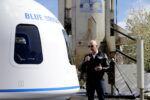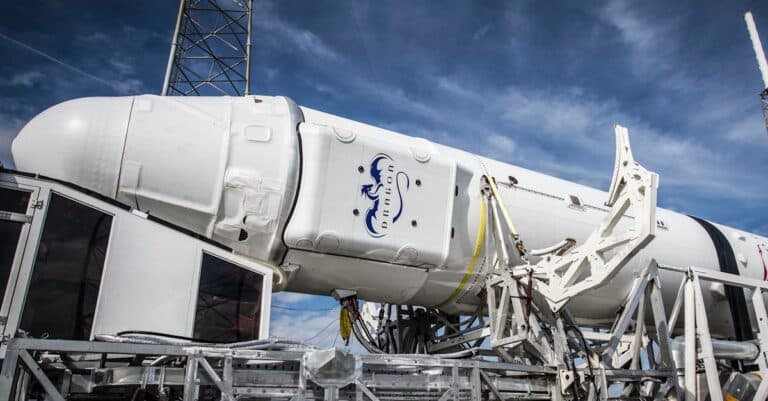The air surveillance system is a complex set of technologies and processes aimed at ensuring the safety of airspace. This encompasses various devices, ranging from advanced radars to sophisticated communication systems, enabling real-time monitoring of aircraft. In the background, experts analyze a massive amount of data to anticipate and respond quickly to potential threats, both for the civil and military sectors. Discovering what drives this crucial infrastructure means entering the world of cutting-edge technologies that are constantly evolving to serve aerial safety.
Air surveillance is a complex set of technologies and procedures used to monitor airspace and ensure the safety of flight operations. It has existed for decades and has evolved thanks to advances in technology, thereby meeting the growing demands for security.
At the heart of this system is the concept of detection. Surveillance systems employ various methods to detect and track aircraft. Among these are radar, which emits radio waves to identify the presence and position of airplanes. Radars can be divided into two categories: primary radars, which only detect the reflection of waves off flying structures, and secondary radars, which interact with aircraft transponders to obtain additional information such as identification and altitude.
In parallel, the transponder system plays a crucial role in communication between aircraft and ground stations. Transponders send vital information about a flight’s identification, speed, altitude, and route, thus enabling real-time tracking. Thanks to this technology, air traffic controllers can manage air traffic efficiently and prevent collisions.
Furthermore, air traffic management systems (ATM) are essential for coordinating aircraft movements. These systems use data provided by radars and transponders to plan flight routes, assign airspace, and ensure that each aircraft is at the correct altitude according to traffic. With the increase in commercial air traffic, these systems have become more sophisticated and integrate digital solutions to optimize operations.
Another important aspect is the integration of ground surveillance systems and airborne systems. Images from drones or surveillance aircraft can provide additional details on military operations or emergency situations. For example, these technologies allow for monitoring sensitive areas to detect any suspicious or illicit activity.
Regarding international cooperation, air surveillance systems face cross-border challenges. Organizations such as the International Civil Aviation Organization (ICAO) work to establish harmonized standards and procedures to ensure air safety worldwide. This also facilitates information sharing between nations, which is fundamental in the fight against terrorism and other security threats.
Technology continues to transform air surveillance. The emergence of advanced technologies such as artificial intelligence (AI) and machine learning promises to further enhance detection and analysis capabilities. This could, for instance, allow for anticipating abnormal behaviors in air traffic or providing automatic alerts in the event of imminent risk.
In summary, the air surveillance system relies on a combination of sophisticated technologies, strong protocols, and international cooperation to maintain the security of airspace. As the world evolves, it is imperative to continue innovating and adapting to emerging challenges to preserve a safe sky for all.
FAQ about the air surveillance system
Q : What is an air surveillance system?
A : An air surveillance system is a set of technologies and processes designed to detect, identify, and track aircraft in flight, thereby contributing to the safety of airspace.
Q : What are the main components of an air surveillance system?
A : The main components include radars, sensors, communication systems, as well as analysis software that allows for the processing and interpretation of collected data.
Q : How does air surveillance operate?
A : Air surveillance operates by using radars to detect aircraft. This data is then transmitted to control centers that analyze the information in real-time to ensure effective management of air traffic.
Q : What types of radars are used in air surveillance?
A : There are several types of radars, including primary surveillance radars, which detect airborne objects, and secondary radars, which receive information from aircraft transponders.
Q : What is the importance of air surveillance for security?
A : Air surveillance is crucial for preventing intrusions into airspace, avoiding collisions between aircraft, and ensuring passenger safety by providing continuous information to air traffic controllers.
Q : Who is in charge of air surveillance in a country?
A : Air surveillance is generally managed by the authorities of the national government agencies, which are responsible for regulating and ensuring the safety of air operations.
Q : How has technology evolved in the field of air surveillance?
A : Technology has advanced with the integration of satellite systems, advanced sensors, and artificial intelligence software to improve the accuracy and efficiency of air surveillance operations.























